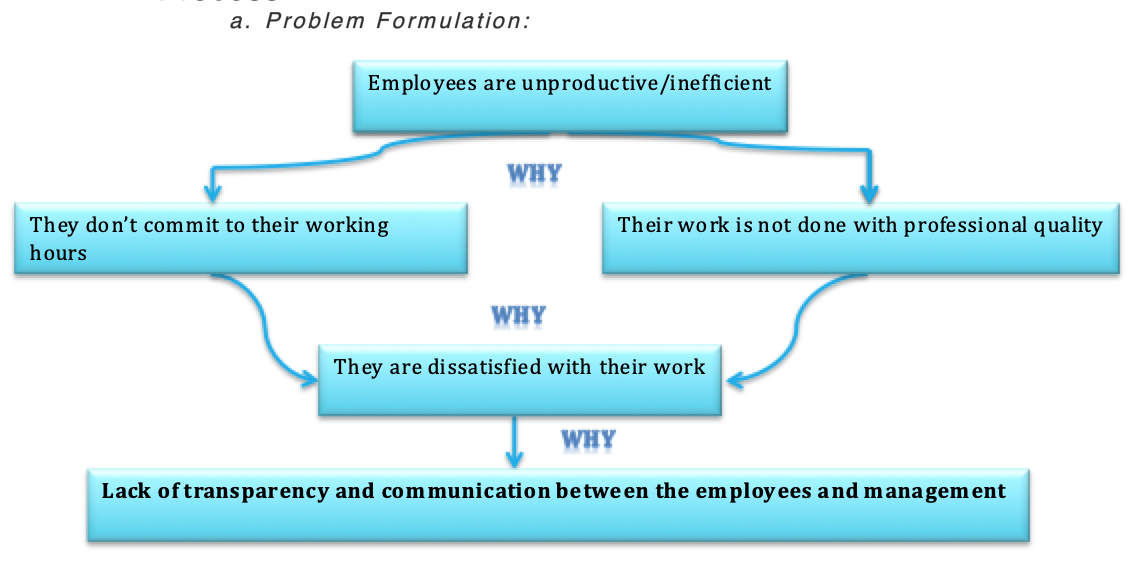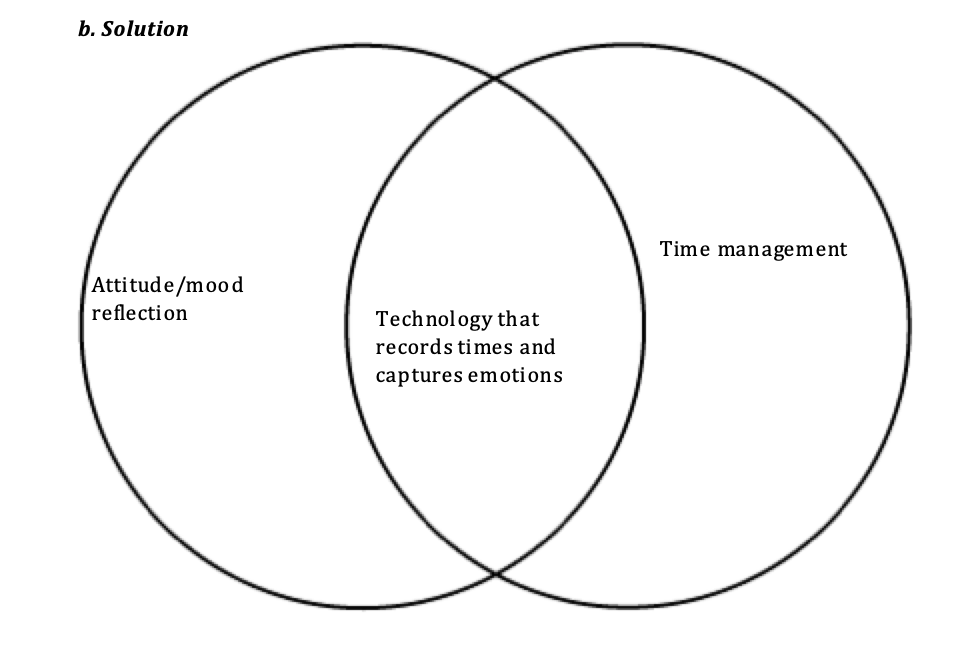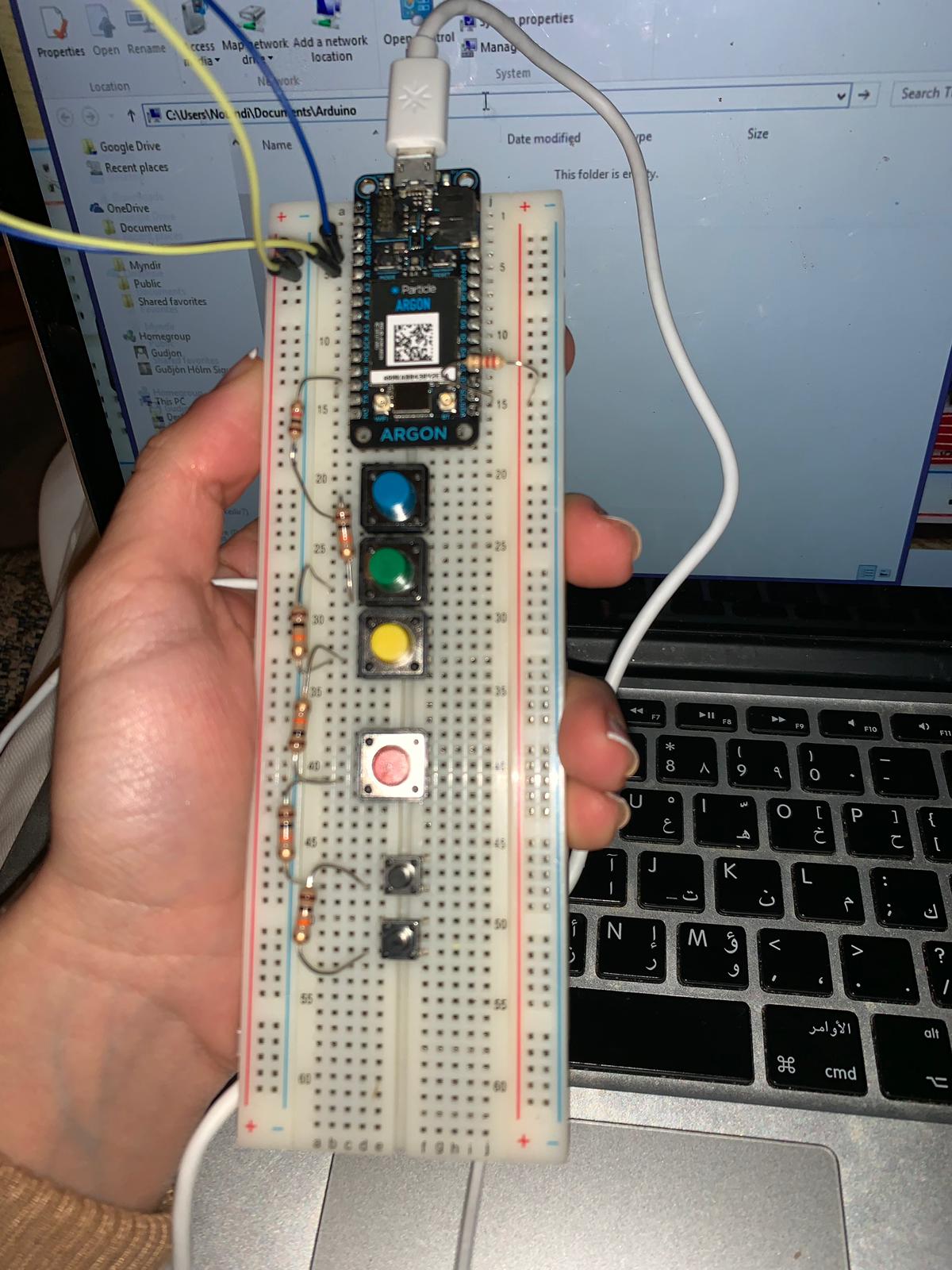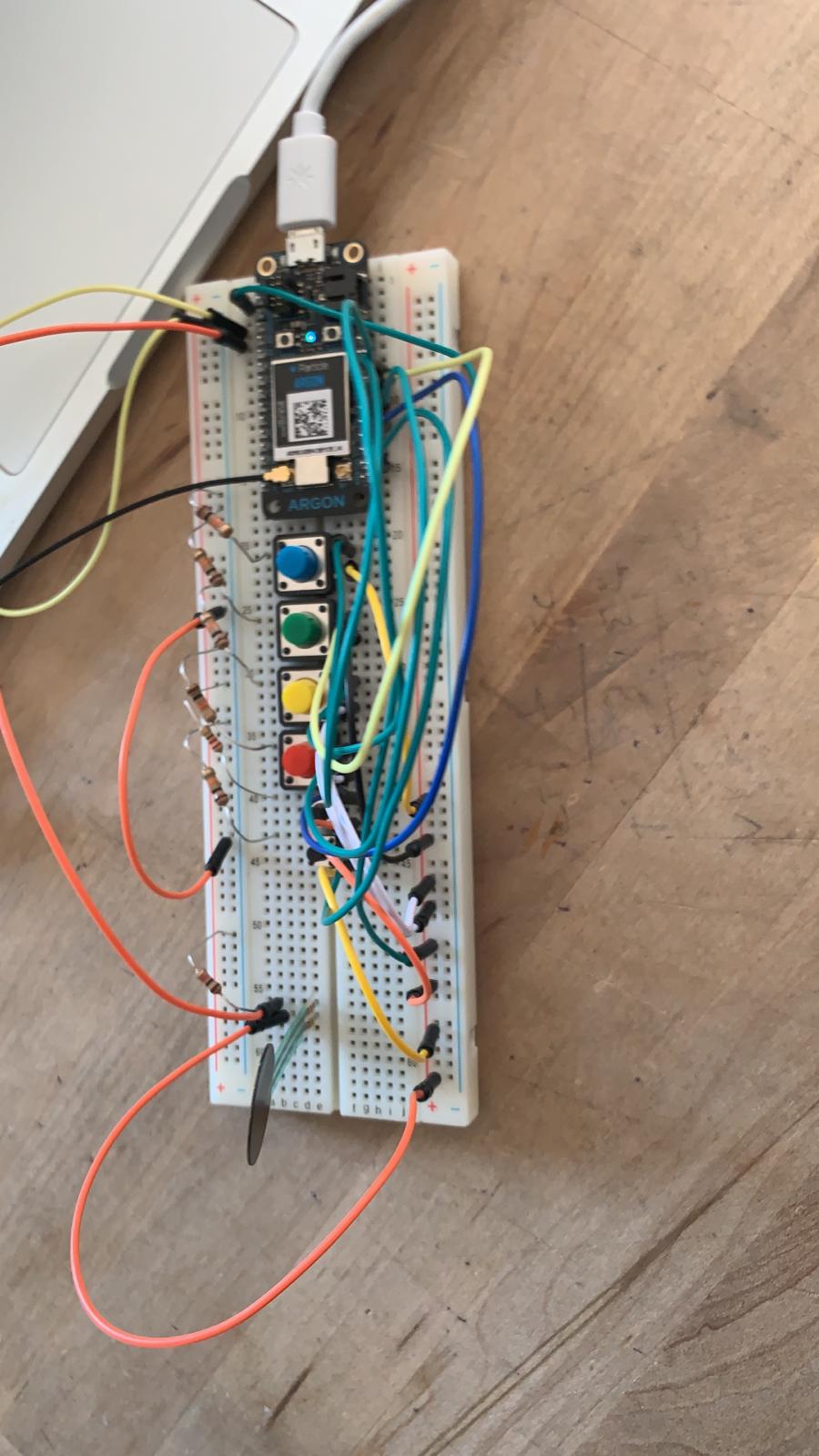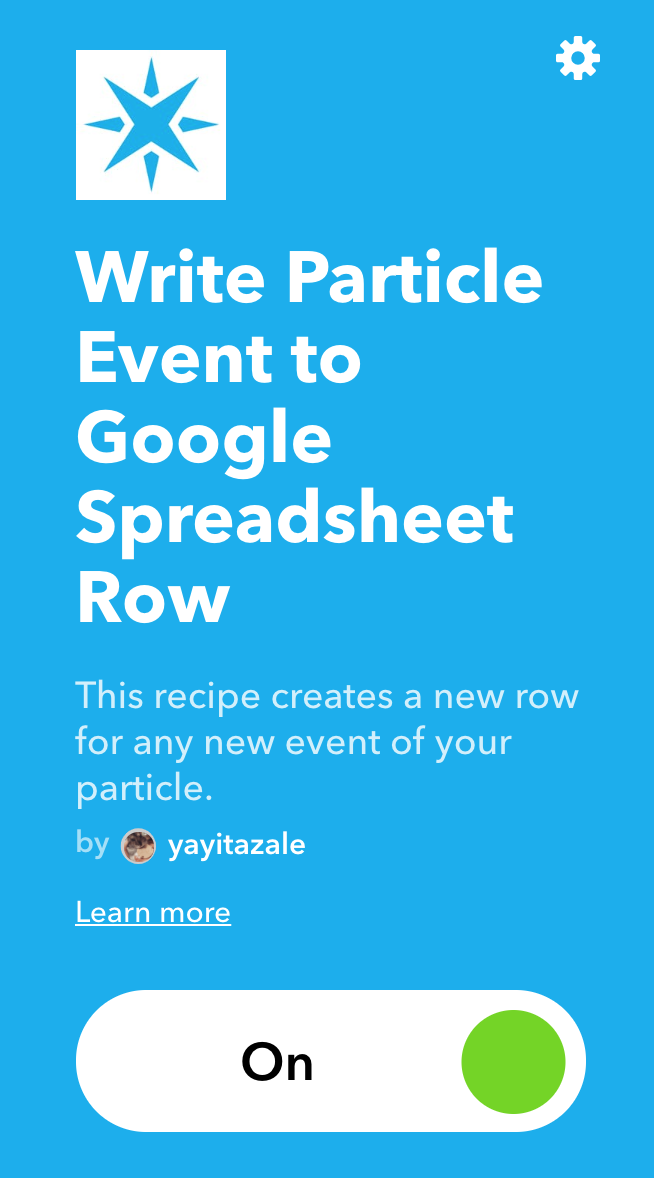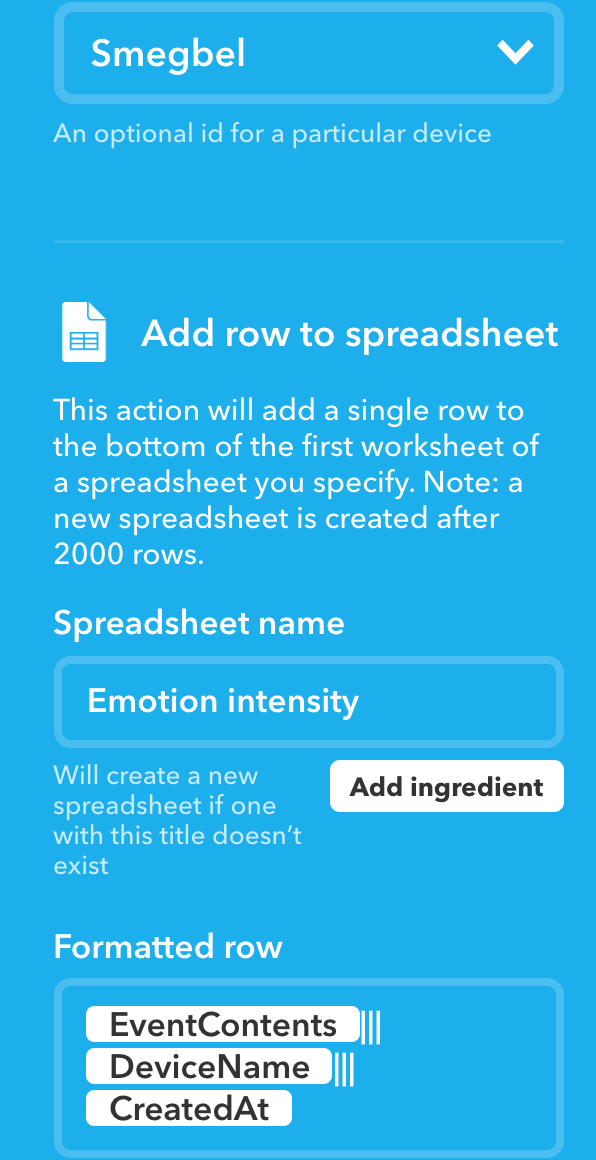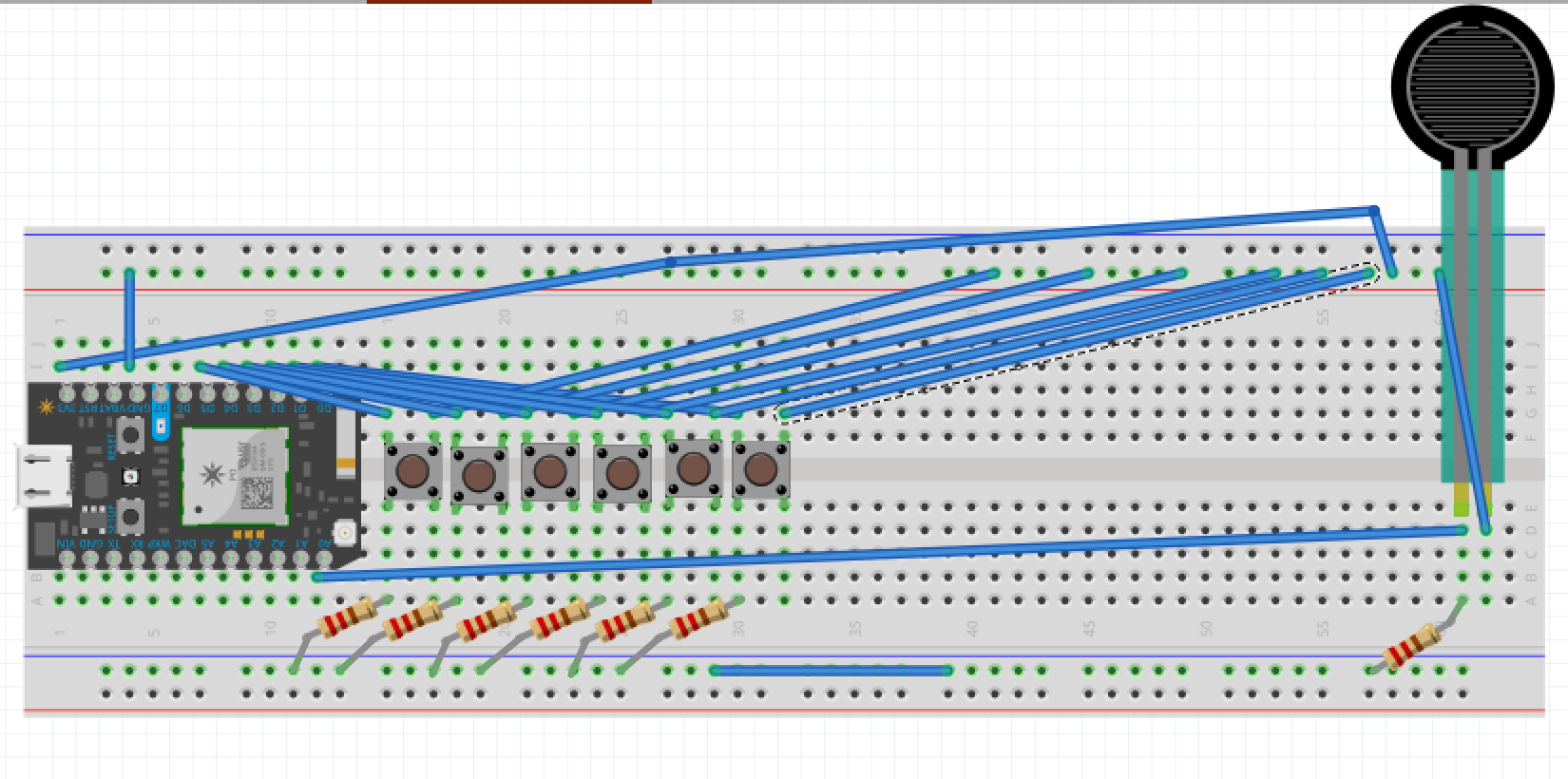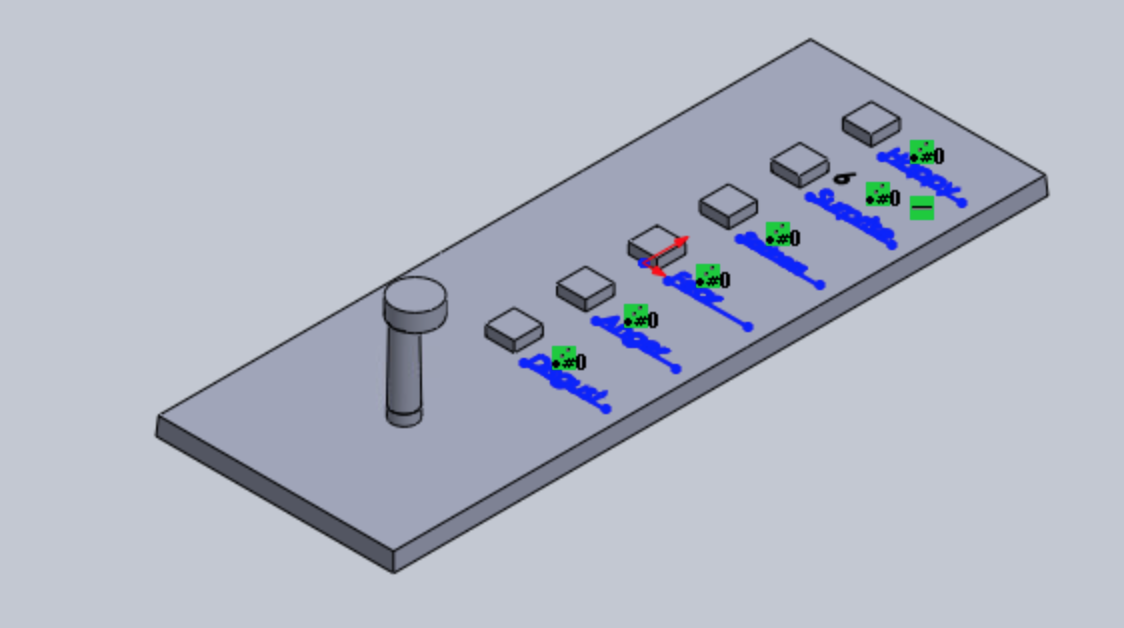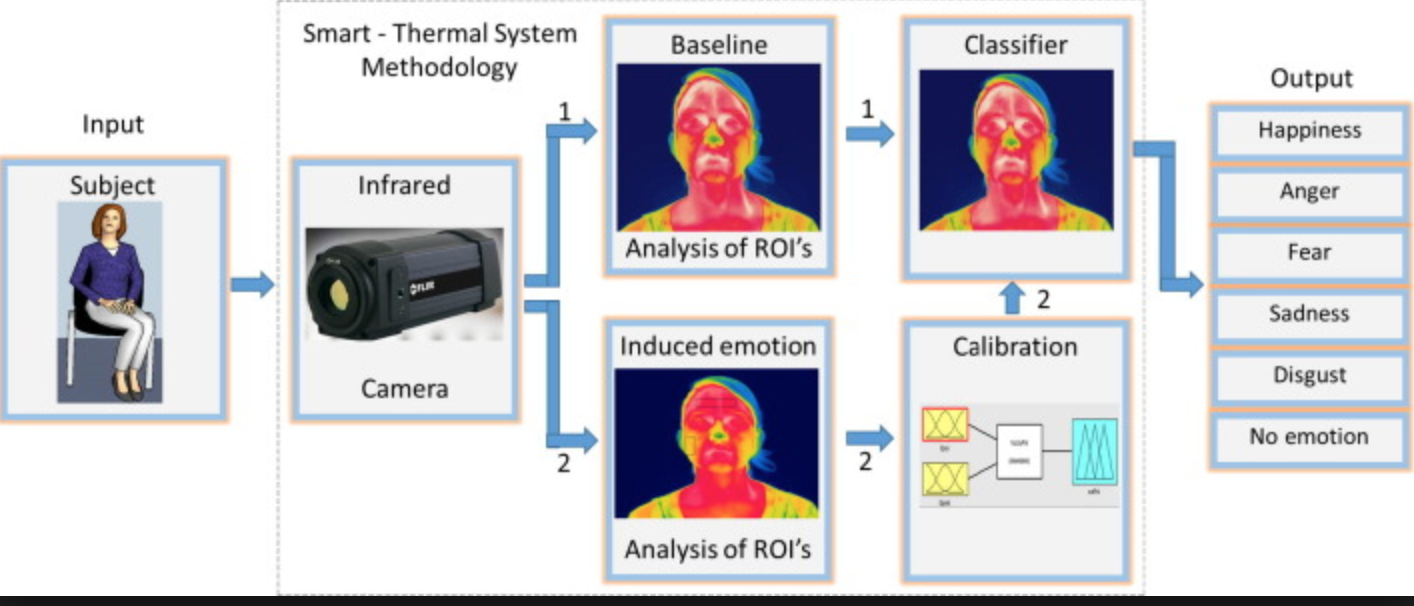Problem Statement
Mood-Out, is an IoT device designed for managers of small firms whom need to simultaneously track employees’ clock-in and clock-out times for systematic and professional purposes while gaining insights on the company culture and employees’ satisfaction by requiring them to register their affective state and its intensity by the end of their shift. By doing so, the management would be able to develop a better connection with their employees. That being said, I interviewed my neighbor, Marc, whom is a PhD student who owns a small store. My choice of this person was based on convenience and accessibility since I would easily be able to refer back to him and get feedback throughout the project.
In regards to the object selection, I chose this object because as we are developing user-centered systems, it is essential to capture the user’s input to discover areas of improvement. I also chose to augment this object because I believe that employees’ psychology and attitude towards their workplace influences the overall productivity. I also found it relevant to Marc as it eases the job of enforcing the number of hours required by his employees while ensuring that he is providing a positive environment.
Goal
My device is intended to communicate to the management the time in which each employee ends their shift, debrief of their attitude and emotion by the end of the day, and the intensity of their emotion. The device ultimately provides an insight for the management, ensures effective communication methods between the employees and the management, and promotes a better environment for its employees while ensuring that each employee is fulfilling their duties.
